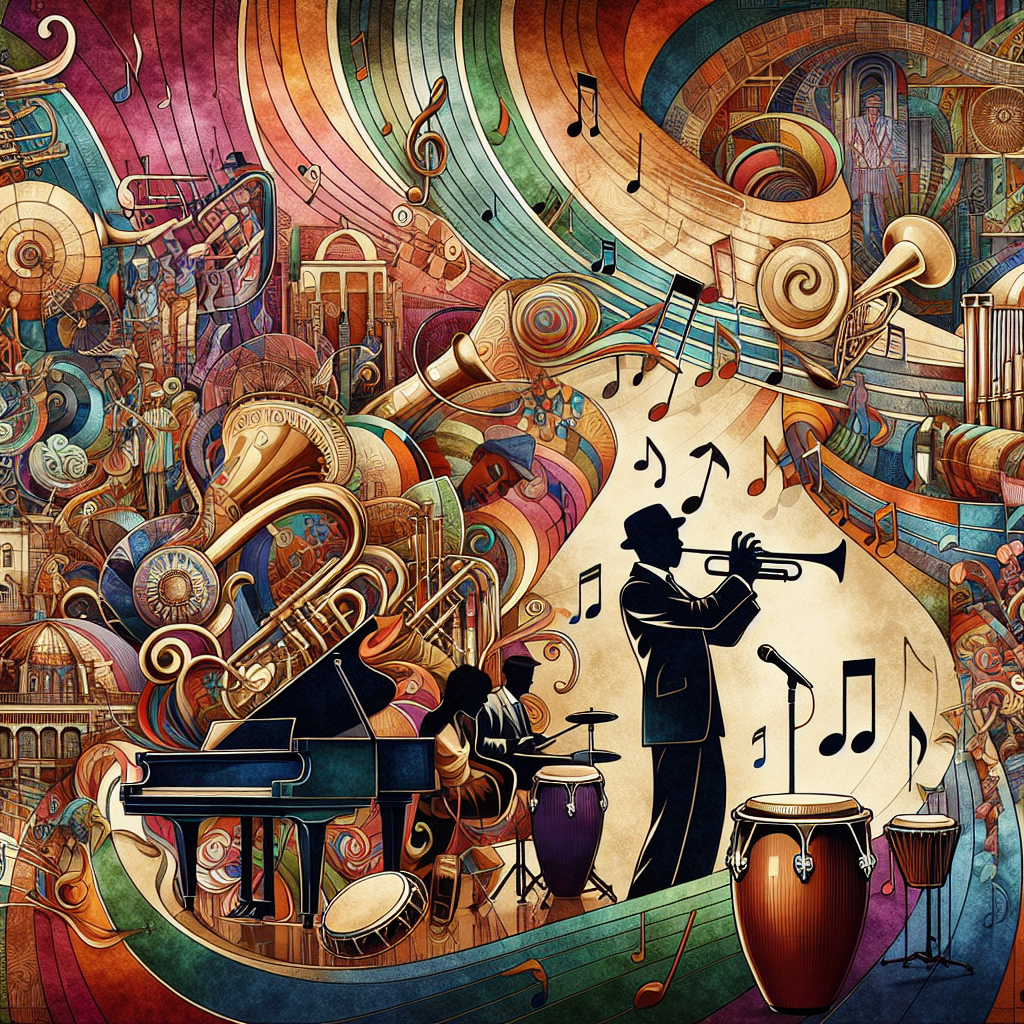Latin music is a fascinating genre with roots in a variety of cultures, drawing from indigenous, European, and African traditions. Within that broad category, Mambo stands out as one of the most infectious and energetic styles. Originating in the lively dance halls of Cuba in the early 20th century, Mambo has evolved, expanded, and continues to thrive within the global music scene.
Origins of Mambo
The term ‘mambo’ derives from the Haitian Creole word for conversation with the gods, representing the African roots deeply ingrained in the genre’s history. The Mambo dance, which pairs with the genre, is a glamorous, fast-paced spectacle, combining Cuban dance tradition with American jazz influences. Orestes López and Cachao López, two renowned Cuban brothers, are widely recognized as the creators of the mambo rhythm which became a sensation in the 1930s.
Characteristics of Mambo
Mambo is rich in artistry and technique, characterized by its intricate instrumentation and rhythmic complexity. Traditional mambo utilizes a mix of instruments such as congas, bongos, timbales, trumpets, and trombones, each contributing to the overall rhythm. A distinctive element is the frequent use of “clave”, a five-note rhythmic pattern vital to Mambo and many other Afro-Cuban genres.
Mambo in Pop Culture
Mambo reached its peak popularity in the 1950s, often called the “Mambo craze”. It swept across the U.S., transforming the dance scene and influencing multiple music and dance styles. Mambo nights in famous clubs like New York’s Palladium featured famed musicians like Tito Puente, Perez Prado, and Benny Moré captivating crowds with their compelling performances. Mambo’s presence in pop culture endures even today, featured in numerous films, TV shows, and dance competitions, continually spreading its infectious rhythm worldwide.
Mambo’s Impact on Latin Music
The influence of Mambo on Latin music has been exceptional. It spawned related genres like cha-cha-cha and salsa, all featuring the use of clave rhythm. The fusion of jazz elements led to the innovative style of Latin Jazz, and the incorporation of rock marked the formation of Latin Rock. Mambo not only revolutionized Latin music but also had a profound impact on the global music scene, rendering it an indispensable part of music history.
Conclusion
Mambo, with its infectious rhythm and captivating energy, has left an indelible mark on the trajectory of Latin music. Its rich cultural history and profound influence affirm its timeless allure. Through continuous reinventions and evolutions, the rhythm of the Mambo continues to live on, resonating with music enthusiasts all over the world.
FAQs
-
Who are the famous Mambo musicians?
Some of the notable Mambo musicians include Orestes López, Cachao López, Tito Puente, Perez Prado, and Benny Moré.
-
What makes Mambo different from other Latin music genres?
Mambo’s distinguishing feature is its focus on intricate rhythms and complex instrumentations. Also, the genre was uniquely pivotal in combining jazz elements with a traditional Latin music style.
-
What instruments are commonly used in Mambo music?
Mambo utilizes a mix of instruments such as congas, bongos, timbales, trumpets, and trombones.
-
What dance is associated with Mambo music?
The Mambo dance is the dance associated with Mambo music. It’s a fast-paced, energetic dance style that is both glamorous and fun.
-
Why is Mambo referred to as an infectious rhythm?
Mambo is referred to as an infectious rhythm due to its ability to make people move. The rhythm, speed, and energy of Mambo music are contagious, often making it hard for listeners to resist dancing.




